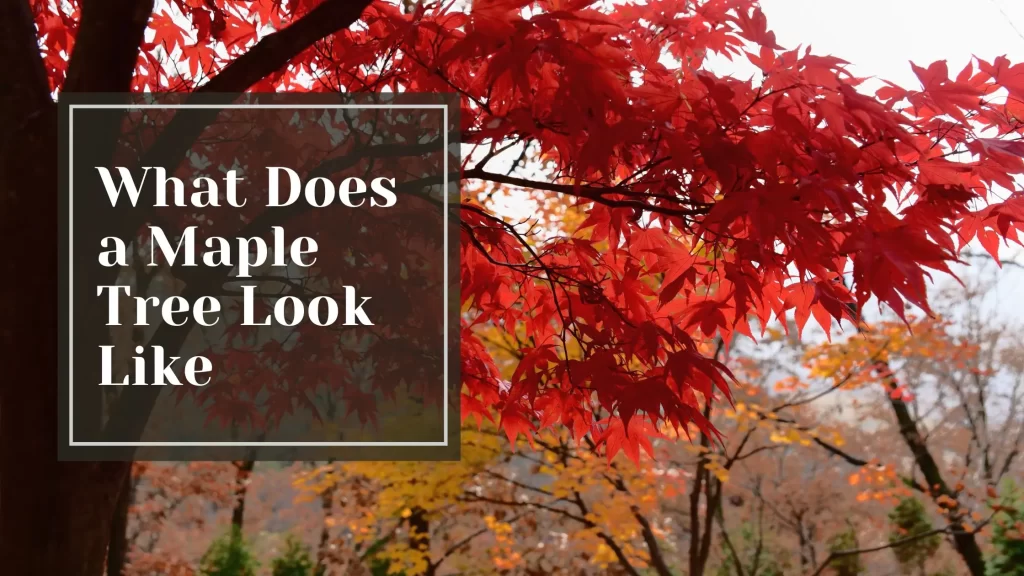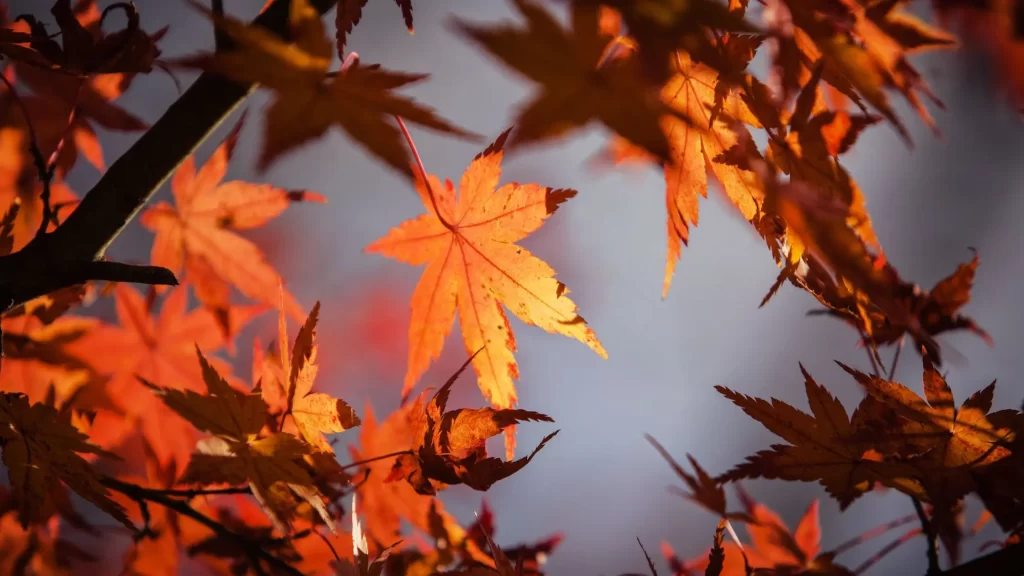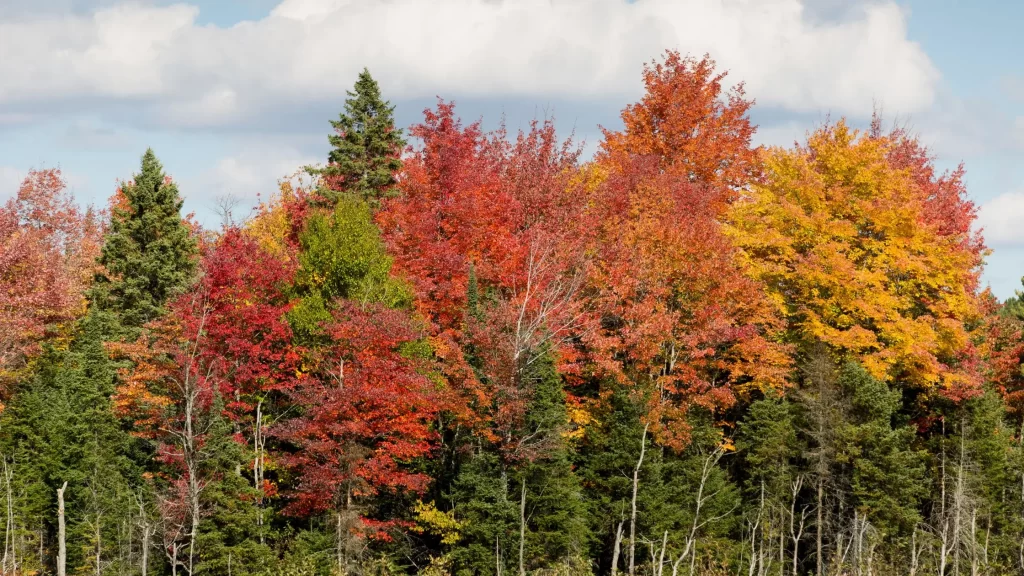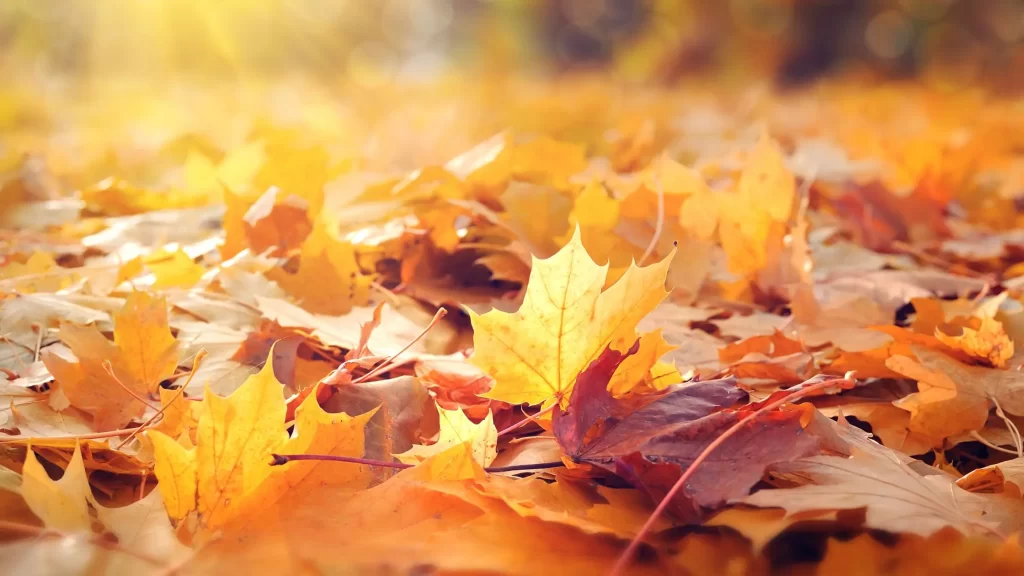The all-impressive maple tree is where nature’s artistry unfolds. With breathtaking hues and elegant silhouettes, the magnificent maple is certainly one of the most prominent genuses known to man. Here at Talking Tradesmen, we embark to explore the captivating world of maples, uncovering fascinating facts, popular varieties, and their best applications in landscaping and beyond.
Table of Contents
Toggle
How to Identify a Maple Tree
Fall Foliage Phenomenon
- Maple trees are renowned for their spectacular autumn “changing of the leaves”. Each year they paint landscapes with vibrant shades of red, orange, gold, and everything in between. This seasonal spectacle draws admirers from far and wide, showcasing nature’s unparalleled beauty. Regions rich and abundant with maple trees, such as the New England area in the U.S., bring in thousands of nature-loving tourists annually.
Ancient Guardians
- With a lineage dating back millions of years, maple trees have stood as silent witnesses to the passage of time. Fossil records reveal they’ve endured since the era of dinosaurs, a testament to their resilience and adaptability.
An Unconventional Fruit
- Maple trees do not produce traditional fruits like apple and banana trees, but they do in fact fruit. You’ll likely recognize it as the helicopter-like seeds that fly downward, often being taken away by the wind per their design. These are technically called “samaras”, but go by many common names such as maple keys or whirlybirds – often a favorite nature toy for kids.
Symbolism and Significance
- Across cultures and traditions, maple trees symbolize strength, endurance, and renewal. From ancient folklore to modern art, they embody the essence of natural beauty and spiritual connection with the earth.
Types of Maple Trees
Sugar Maple (Acer saccharum)
Celebrated for its stately presence and magnificent spectrum of colors, the sugar maple stands as a symbol of autumn’s grandeur. This species is native to the Northeastern United States, but its distinctive leaf shape and robust stature make it a prized specimen in parks, gardens, and urban landscapes everywhere.
Red Maple (Acer rubrum)
- With its fiery foliage and adaptable nature, the red maple commands attention throughout the year. From its scarlet spring blooms to its crimson fall leaves, it adds a vibrant touch to any setting, thriving in a variety of soil conditions. Often used to punctuate monotone landscapes, these act as a gorgeous red centerpiece to very green settings.
Japanese Maple (Acer palmatum)
- Delicate and incredibly unique, Japanese maples captivate many with its graceful form and intricate foliage. Adored by gardeners, landscapers, and truly any nature enthusiasts, this species has been cultivated to feature its sculptural beauty and exclusive structure – evoking a sense of tranquility and harmony. Japanese maples are often a high-end focal point in curated yards and gardens.
Vine Maple (Acer circinatum)
Native to the Pacific Northwest, the vine maple is celebrated for its graceful form and distinctive vine-like branches. Its delicate leaves turn vibrant shades of red, orange, and yellow in the fall, adding a splash of color to forested landscapes. While smaller in stature compared to other maple species, vine maples are highly valued for their ornamental beauty and their suitability for smaller gardens.
Sunset Maple (Acer rubrum)
- The sunset maple, also known as ‘Franksred’ or ‘October Glory’, is prized for its absolutely stunning fall foliage and rapid growth rate. This species is selected for its vibrant red or orange hues, which intensify as temperatures cool in autumn, creating a fiery spectacle of color. With an adaptable nature and tolerance to a wide range of soil conditions, sunset maples make a popular punctuation in landscaping and urban forestry projects across North America.
Best Time of Year to Plant Maple Trees
For optimal growth and establishment, maple trees are best planted in early spring or late fall, when temperatures are moderate and soil moisture is ample. This allows the roots to acclimate gradually to their new surroundings, fostering healthy growth and resilience. Selecting a well-drained site with adequate sunlight is essential for ensuring the long-term vitality of these majestic trees.
Maximize Maple Tree Health with the TreeHelp Annual Care Kit: Perfectly timed after planting your maple trees in early spring or late fall, this care kit is essential for their development and longevity. It includes specialized fertilizer, mycorrhizal fungi for root health, and nutrients to enhance leaf vitality, ensuring your maples grow strong and beautiful.
A Diverse Pillar in Nature’s Forests
Few sights rival the majestic beauty of maple trees. From their resplendent foliage to their enduring presence in the landscape, they inspire awe and admiration in all who encounter them. Whether as guardians of ancient forests or as cherished additions to urban parks and gardens, maples stand as timeless symbols of strength, grace, and the enduring power of nature’s artistry.
Frequently Asked Questions
What Are the Key Characteristics of a Maple Tree?
Maple trees boast distinct features, including an elegant silhouette and vibrant foliage colors.
Why Are Maple Trees Significant in Landscaping?
Maple trees hold significance in landscaping due to their symbolic meaning and year-round aesthetic appeal.
How Do I Identify Different Types of Maple Trees?
Identify maple species like sugar maple, red maple, and Japanese maple by their unique traits and leaf shapes.
When Is the Best Time to Plant Maple Trees?
Optimal maple tree planting occurs in early spring or late fall, ensuring successful growth and establishment.
What Cultural Significance Do Maple Trees Hold?
Maple trees symbolize strength, endurance, and renewal across various traditions and folklore worldwide.









